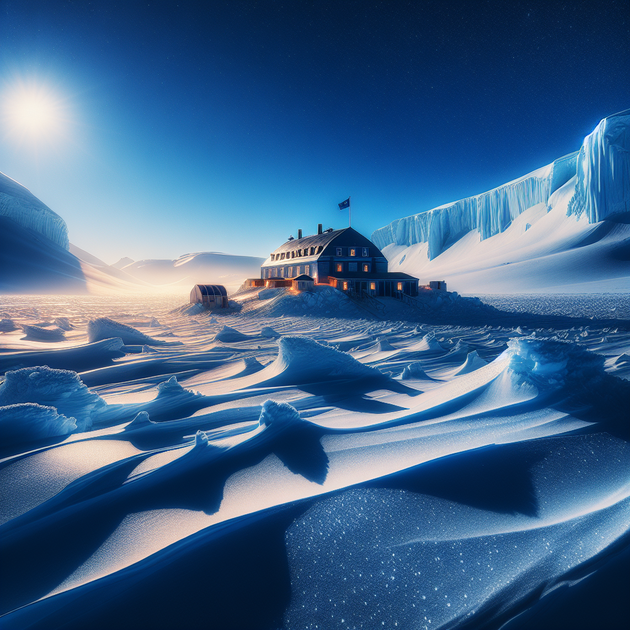When the thermometer drops to antarctica -62 degrees, everything changes fast—even for one of the world’s coldest places. This brutal temperature transforms landscapes into alien scenes and makes even simple tasks a challenge.
What Does -62°C Really Mean?
Most of us never experience anything close to this kind of chill. For perspective, home freezers sit around –18°C (0°F). At –62°C (–80°F), exposed skin can freeze in less than a minute. Electronics struggle to function and even breathing outside feels different.
- Instant frostbite risk on any uncovered skin
- Exhaled breath turns into tiny ice crystals
- Metal becomes brittle and can break unexpectedly
- Water thrown into the air freezes before hitting the ground
- No native plants or animals can survive exposed for long
How Does The Landscape Change?
The scenery during an antarctica -62 degrees cold snap shifts dramatically. Ice takes on a blueish hue as the surface hardens. Any snowflakes become incredibly fine and squeaky underfoot—almost like walking on styrofoam.
The air itself seems heavier and drier than usual. If you look out across the ice fields during this kind of deep freeze, mirages are common due to temperature differences near the ground. Strong winds can whip up “diamond dust,” which is basically floating ice crystals that sparkle in sunlight.
For a closer look at these phenomena, check out NASA’s coverage of the coldest places on earth.
Surviving Daily Life at Extreme Cold
The few people who live or work in Antarctica must prepare carefully for days when temperatures hit –62°C. Layered clothing isn’t just recommended—it’s essential for survival.
- Batteries lose charge rapidly; electronics often fail outdoors
- Vehicles must stay plugged in so their engines don’t freeze solid
- Eyeglasses can stick to faces if metal touches bare skin
- Simple repairs outside can take hours longer due to stiff fingers and tools snapping from brittleness
- Food has to be thawed indoors; nothing stays soft outside for long
The wind chill can make it feel much colder than the actual air temperature. Even with proper gear, researchers limit time outdoors to avoid dangerous exposure.
A Short Story From The Ice
A scientist once described stepping outside at –60°C as walking into “a wall of knives.” On her first day braving such temperatures at Concordia Station, she forgot her face mask for just a few seconds while adjusting goggles. The sharp pain was instant—her nose and cheeks went numb almost immediately. She learned quickly that every layer counts when facing Antarctic extremes.
The Science Behind These Extreme Temperatures
Why does it get so cold? The continent’s high elevation plays a big role—most of Antarctica sits over 2,000 meters above sea level. In winter months (March–September), there’s little or no sunlight to warm things up; instead, heat escapes fast into space.
The lowest reliably recorded air temperature on Earth was measured by scientists at Vostok Station: –89.2°C (–128.6°F) back in July 1983 (Britannica—Climate of Antarctica). While –62°C isn’t quite that extreme, it’s still more than enough to reshape daily routines and test equipment—and people—to their limits.
Quick Facts About Antarctic Cold Snaps:
- -40°C is where Fahrenheit and Celsius scales meet; –62°C is much colder still.
- No rain falls; precipitation is only snow or ice crystals (“diamond dust”).
- Bacteria struggle to survive outside; most living things are dormant or hidden below ice.
- Meteorologists use special sensors because standard thermometers often fail.
Reflections on Surviving Antarctic Extremes
Even for seasoned explorers or scientists stationed there year-round, antarctica -62 degrees presents unique challenges each time it occurs. The experience leaves lasting respect for nature’s power—and for those who call this frozen continent home even briefly.
If you had a chance to visit Antarctica during one of its record-setting cold snaps, do you think you could handle facing –62°C?

Leave a Reply